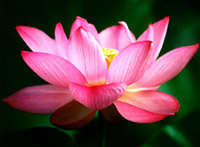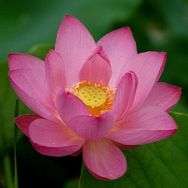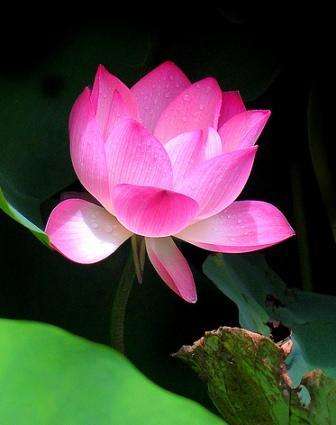



5 RARE Nelumbo nucifera var. rosea plena - Giant Soft Pink Lotus from Seed - Aquatic Psychoactive
Check my rate
| Main centres: | 1-3 business days |
| Regional areas: | 3-4 business days |
| Remote areas: | 3-5 business days |




| Main centres: | 1-3 business days |
| Regional areas: | 3-4 business days |
| Remote areas: | 3-5 business days |

Nelumbo nucifera var. rosea plena Seeds
Soft Pink Lotus Flower

Nelumbo nucifera is known by a number of common names, including blue lotus, Indian lotus, sacred lotus, bean of India, and sacred water-lily. Botanically, Nelumbo nucifera may also be referred to by its former names, Nelumbium speciosum or Nymphaea nelumbo. This plant is an aquatic perennial, but if its seeds are preserved under favourable circumstances, they may remain viable for many years. N. nucifera was native to a huge area from modern Vietnam to Afghanistan, being spread widely as an ornamental and edible food plant. In 1787 it was first brought into horticulture in Western Europe as a stove-house water-lily under the patronage of Joseph Banks and can be seen in botanical garden collections where heating is provided. Today it is rare or extinct in the wild in Africa but widely naturalized in southern Asia and Australia, where it is commonly cultivated in water gardens. It is the National Flower of India and Vietnam. The roots of Nelumbo nucifera are planted in the soil of the pond or river bottom, while the leaves float on top of the water surface. The flowers are usually found on thick stems rising several centimetres above the water. The plant normally grows up to a height of about 150 cm and a horizontal spread of up to 3 meters, but some unverified reports place the height as high as over 5 meters. The leaves may be as large as 60 cm in diameter, while the showy flowers can be up to 20 cm in diameter. There are a number of different cultivars, the flower colours varying from snow white to yellow to a light pink. It is hardy to USDA Zone 5. The plant can be propagated from seeds or rhizomes. The oldest seed that has yet been germinated into a viable plant was an approximately 1,300-year-old lotus fruit, recovered from a dry lakebed in north-eastern China. An individual lotus can live for over a thousand years and has the rare ability to revive into activity after stasis. Nelumbo nucifera contain the psychoactive alkaloids nuciferine and aporphine. The flowers, seeds, young leaves, and "roots" (rhizomes) are all edible. In Asia, the petals are sometimes used for garnish, while the large leaves are used as a wrap for food. The rhizome is a common soup or stir-fry ingredient and is the part most commonly consumed. Petals, leaves, and rhizome can also all be eaten raw, but there is a risk of parasite transmission (e.g. Fasciolopsis buski): it is therefore recommended that they are cooked before eating.

